Mark Randall: Art, Trees, and Bees for Sustainability
As we struggle to solve issues of sustainability in a pandemic-ridden climate, Mark Randall is looking to art and design.
The renowned AIGA medalist visited Moravian College on Feb. 8 to present his talk “Sustaining a Life by Design” and to introduce the Urban Forest Project, which is on display in Payne Gallery.
Describing himself as a designer, activist, and entrepreneur, Randall co-founded Worldstudio in 1995 with the hopes of engaging the art community in larger social change, and his projects have been doing exactly that.
The Urban Forest Project, created in collaboration with Times Square Alliance and AIGA New York in 2006, brought together 185 artists from 21 countries to each interpret the form of a tree. Their work hung in a “forest” of banners around Time Square’s busiest intersection for three months, each one reflecting the artist’s unique style and voice. Instead of throwing them away afterwards, Randall worked with Kate Spade to recycle them into fashionable tote bags.
The Urban Forest Project was so successful that other cities across the country wanted their own version of the project. Albuquerque, Baltimore, Denver, Portland, Tacoma, Toledo, and Washington, DC, soon engaged with their own regional artists to design and display Urban Forest banners.
These banners were also turned into tote bags and sold to support local initiatives like mentoring programs and tree-planting. Every project was highly reflective of its city’s people, becoming a special intersection of creativity and community-building.
Payne Gallery currently exhibits every design from the original New York project.
Curated by Camille Murphy, the exhibition has a line of banners projected on the walls that shifts on a timer to a new set of banners. One design from Chip Wass shows a highly stylized tree with thick angular lines sprouting horizontally from a vertical trunk; these branches are decorated with green leaves and pink birds whose simple shapes convey strong personality and character.
Another banner from Walker Art Center translates the tree into a sales receipt: its essential shape is created through the careful arrangement of pound signs, parentheses, and other keyboard characters. And these are just two of many highly distinct, skillful, and clever visual representations of the tree that invite us to consider the essential roles it plays in our lives. Several banners hang in-person from the gallery ceiling, and you can also find the tote bags on display.
Students and professors alike are highly encouraged to visit the show, which will run until April 1, 2021, in Payne Gallery.
Along with the Urban Forest Project, Mark Randall has produced other projects that use design to promote sustainability.
AMPL!FY is an initiative that partners designers with different non-profits to create art for social change. In 2018, designers’ posters were installed publicly in Lower Manhattan on outdoor panels. One example was The Lower Eastside Girls Club, which partnered with The Original Champions of Design (OCD).
In addition to visually communicating their issue in an effective way, the posters supplied in-depth information about their partnered organization. Many people in Harlem described resonating with them deeply, having had personal experience with the issues. They showed things they cared about.
Through partnerships, Randall has also held design workshops for kids, produced museum installations, organized a Marching Cobras street performance (a Harlem-based youth drumline), and given $1,288,375 to 779 students in scholarship programs.
Recipients of said scholarships are finding great success through their art, having the resources to express their unique voices and execute their own ideas to create a more sustainable life.
Beekeeping is another important part of Randall’s work. Bees are the “true expression of community,” Randall says, in their dependence on the hive to survive. They are brilliant designers themselves in their engineering of the honeycomb, and they pollinate 70 of the top 100 plants in the world. Unfortunately, with our reliance on pesticides, monoculture, and the stress inflicted during transportation, companies are making the world unsustainable for bees.
Local beekeeping, meanwhile, lets bees live comfortably as they produce their honey.
To celebrate local beekeeping, Randall started selling ice cream made with honey collected from his own bees, which became a huge hit. He turned it into the business B-Line Ice Cream and now sells flavors of his honey ice cream at farmer’s markets and pop-up shops.
At the opening of the Urban Forest Project exhibition in Payne Gallery, this ice cream was provided freely in the flavors of Pure & Simple (milk, cream, and honey), Maple Walnut (walnuts and maple syrup), and Stracciatella (dark Belgian chocolate shards). A fact about bees is printed on every container – a clever method of spreading education about bees’ beauty and importance.
Like the bee, Mark Randall understands the importance of community.
By collaborating with others and communicating important current issues through art and design, he is creating a sense of shared strength, education, and creativity in communities across the country. As students, we are inspired to take risks, continue learning new things, and use our own passions to help build a more connected, sustainable world.



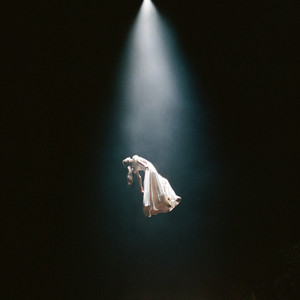
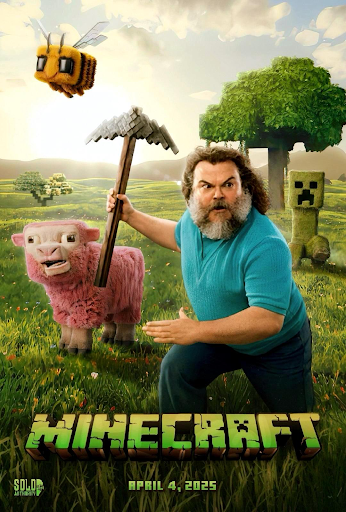


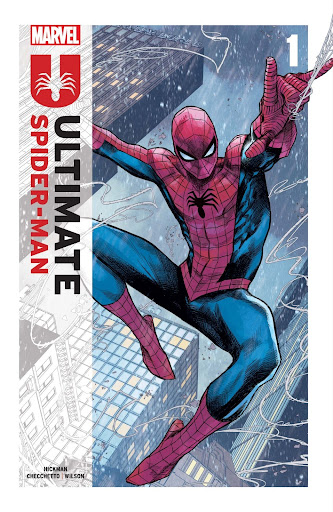
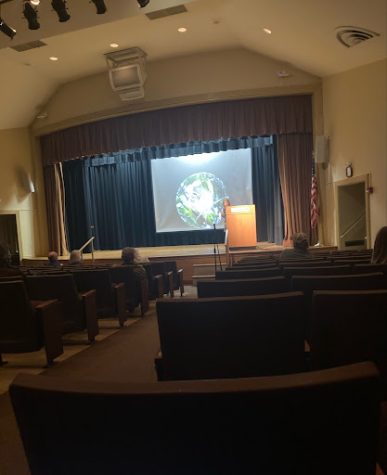
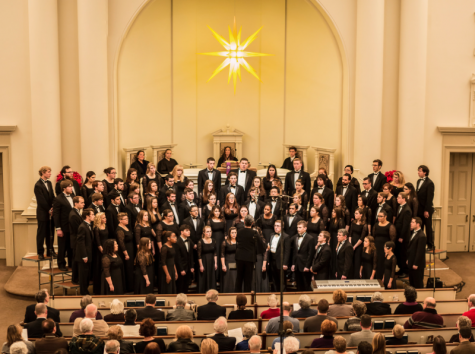

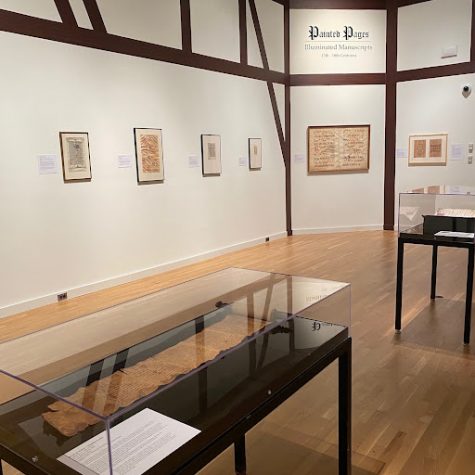
Michael Rosenthal • Feb 19, 2021 at 8:06 pm
An informative and well-written piece. Very relevant and very interesting.